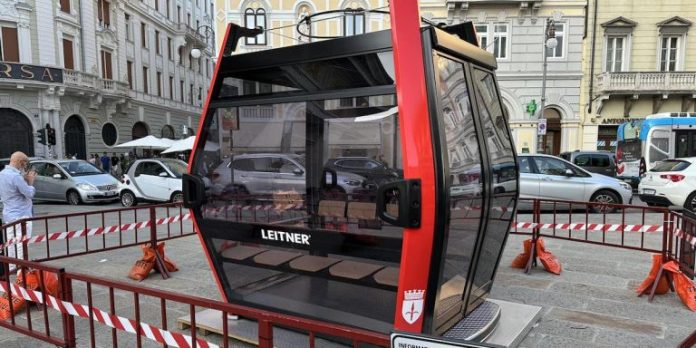by InTrieste
The Trieste-Opicina metropolitan cable car project has received approval for its Environmental Strategic Assessment (VAS), marking a significant step forward. The approval clears the way for the final municipal zoning changes and the completion of the project’s detailed plans, which have already been presented. According to studies conducted, the cable car project will not cause substantial environmental harm and is expected to improve the overall environmental situation.
The approval was granted by the municipal government of Trieste, following a resolution from Michele Babuder, the Councillor for Territorial Planning. The VAS process also incorporated an Environmental Impact Assessment (VINCA), given the project’s proximity to a Natura 2000 protected area. The approval follows technical assessments and compensation measures established by the relevant authorities, including the Region of Friuli Venezia Giulia, ARPA (the regional environmental protection agency), and the Superintendence for cultural heritage.
The VAS process considered feedback from both local environmental agencies and the public. With this approval in place, the project can now proceed to the final approval stage for the municipal zoning plan. This will allow work on the cable car project, which is part of broader plans for sustainable mobility, to move forward in accordance with environmental standards.
The project is framed within a set of policies aimed at protecting public health, safety, and the environment, including reducing carbon emissions. Proponents argue that the project will benefit both public transportation and sustainable development goals. The approval is based on public interest considerations related to human health, safety, and environmental impact.
The Trieste-Opicina cable car is fully funded through the National Recovery and Resilience Plan (PNRR). If alternative funding sources are pursued in the future, officials state that there will be no additional financial burden on the local community. The project is expected to meet its original timeline, with the potential for accelerated completion.





























